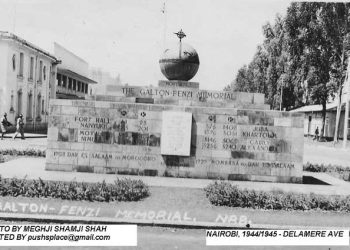The British South Africa Company (BSAC) was chartered in 1889, combining Cecil Rhodes’ Central Search Association and the London-based Exploring Company Ltd. Initially competing to exploit the mineral wealth of Mashonaland, they united to secure British government support for their shared economic interests. The Royal Charter granted to BSAC was modeled on that of the British East India Company, with the aim of promoting colonization and economic exploitation in south-central Africa during the “Scramble for Africa.”

Key directors included the 2nd Duke of Abercorn, Cecil Rhodes himself, and financier Alfred Beit. Rhodes had grand ambitions for BSAC, hoping it would expand British influence across the region. However, his primary focus remained in Mashonaland and its coastal areas, aiming to displace Portuguese influence by payment or force and to bring the Transvaal under British control.
Rhodes’ vision of a “Cape to Cairo” zone was overly ambitious, with BSAC hoping to finance this through Mashonaland’s gold fields. However, the anticipated wealth did not materialize, and Katanga became a part of the Congo Free State. BSAC was left with limited resources after investing in railways north of the Zambezi River. This forced BSAC to administer its northern territories cheaply, focusing on future exploitation rather than immediate returns.
The BSAC also assumed administrative roles in Southern and Northern Rhodesia, forming paramilitary forces that later evolved into police functions. Despite the BSAC’s land claims in Southern Rhodesia being nullified in 1918, the company retained significant land and mineral rights in Northern Rhodesia until 1964.
Internally, the BSAC was divided into factions: a London-based group led by Lord Gifford and George Cawston, and Rhodes with his South African associates, including Alfred Beit. The company faced internal challenges, particularly in the wake of the failed Jameson Raid in 1895, which was intended to overthrow the Transvaal government. Although Rhodes offered to resign as managing director, it was ultimately deferred, and he retained unofficial control over BSAC until his death in 1902.
After Rhodes’ death, the company aimed to improve its commercial profitability, but administrative costs continued to outweigh income. Following a financial crisis in 1908, the BSAC doubled its share capital and took out significant loans to remain operational.
BSAC eventually recognized the commercial benefits of uniting Southern and Northern Rhodesia and incorporating them into the Union of South Africa. An agreement was reached in 1923, settling outstanding issues. From the late 1920s onward, the BSAC collected royalties from the lucrative Northern Rhodesian Copperbelt, securing its financial position until Zambian independence in 1964.













